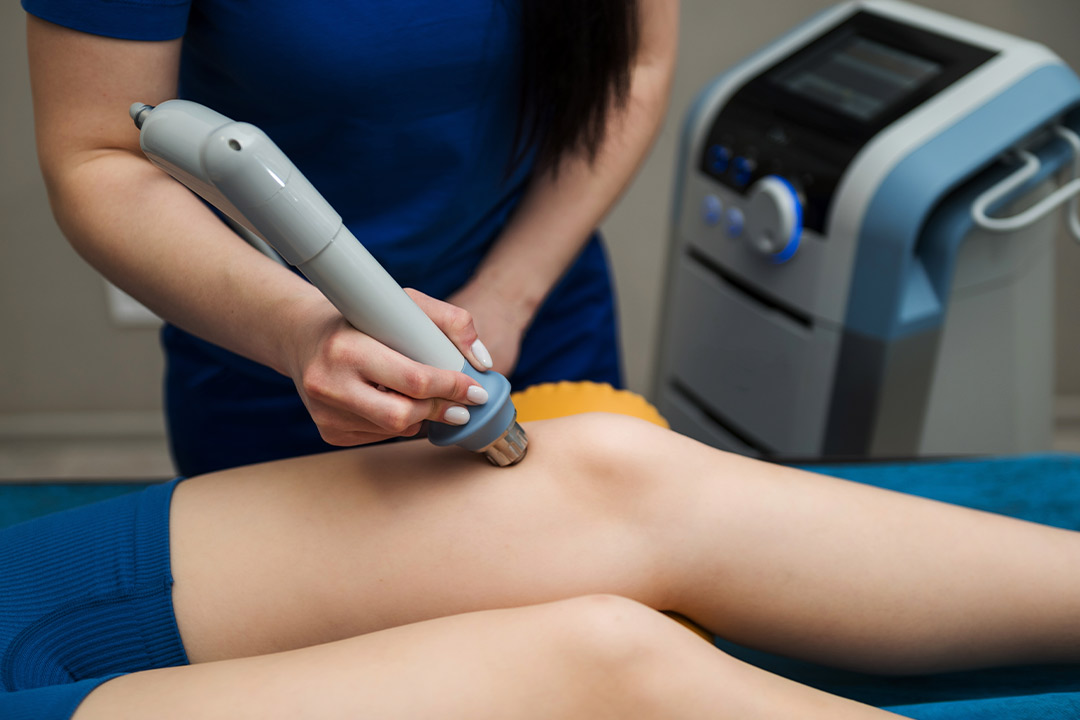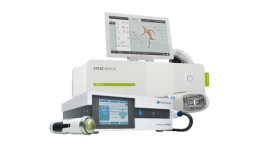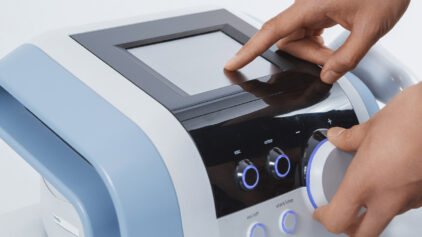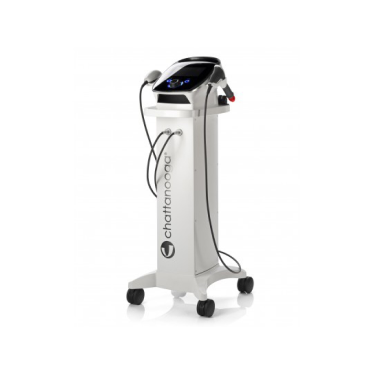During fall, clinical practices across the country experience a significant influx of patients. This seasonal transition brings a surge in sports participation, from football and soccer to golf and cross-country running, accompanied by a corresponding spike in injury rates. Healthcare providers consistently report a marked increase in referrals during this period, creating both opportunities and challenges for practice management and patient care.
Clinical practice owners face substantial operational hurdles during the fall sports surge. The first 6-8 weeks of the season prove especially demanding, as training intensities rapidly escalate while cooler temperatures and changing conditions elevate injury risks. This concentrated influx strains scheduling systems, extends wait times, and stretches staff resources thin, potentially compromising both care quality and practice reputation during a critical revenue period.
Operational efficiency becomes paramount not only for maintaining optimal patient outcomes but also for sustainable business growth. Practices that effectively navigate this seasonal surge can significantly enhance their competitive position, build stronger community relationships, and improve financial performance.
Optimizing Patient Scheduling and Workflow for Peak Efficiency

Implementing strategic scheduling approaches can help accommodate this seasonal demand while maintaining quality care.
Consider adopting a three-phase scheduling strategy:
- Pre-season preparation blocks (1-2 sessions weekly for 2-3 weeks before peak season)
- In-season maintenance appointments (weekly or biweekly treatments during high-activity periods)
- Flexible acute care slots reserved for unexpected injuries.
Time-blocking your schedule based on typical treatment durations, approximately 15-20 minutes per shockwave therapy session, can optimize patient flow and prevent bottlenecks.
Digital tools significantly enhance scheduling efficiency during busy seasons. Consider implementing online appointment booking, automated reminders to reduce no-shows, and electronic intake forms that patients can complete before arrival.
- Block 15-20% of daily appointments for same-day acute sports injuries
- Schedule similar treatments consecutively to streamline equipment setup
- Implement a wait-list system to fill last-minute cancellations
- Use treatment tracking software to monitor patient progress and optimize follow-up scheduling
Empowering Staff: Training and Resource Allocation for Seasonal Success

This rise in sports-related injuries during fall places additional demands on clinical staff, making it essential to prepare your staff in advance to maintain efficient operations and deliver consistent, high-quality patient care.
Targeted staff training should begin at least one month before the seasonal rush. Focus on refreshing treatment protocols for common fall injuries, particularly those affecting tendons and joints. Ensure all team members are proficient with diagnostic procedures and shockwave equipment operation to minimize treatment delays. Consider operational adjustments with staff schedules to better manage and support increased patient volume.
- Implement strategic scheduling with extended hours during peak weeks, ensuring adequate coverage for both routine appointments and urgent sports injuries
- Cross-train support staff to handle multiple roles, from initial assessment to treatment assistance, creating flexibility during high-volume periods
- Establish daily team huddles to review scheduled patients and adjust resources in real-time based on actual demand patterns
Encourage open communication channels for staff to flag bottlenecks as they emerge. When teams feel empowered to suggest operational improvements, practices can adapt quickly to seasonal challenges while maintaining quality care.
Leveraging Advanced Shockwave Technology to Enhance Clinical Efficiency
 In the face of increased fall sports injuries, implementing advanced treatment modalities like Extracorporeal Shock Wave Therapy (ESWT) can significantly enhance clinical efficiency while improving patient outcomes. This technology transforms practice workflows by shifting from passive, symptom-focused approaches to active tissue regeneration protocols. By delivering high-energy acoustic waves that stimulate the body’s natural healing processes, ESWT enables clinicians to treat common seasonal injuries more effectively while optimizing practice resources.
In the face of increased fall sports injuries, implementing advanced treatment modalities like Extracorporeal Shock Wave Therapy (ESWT) can significantly enhance clinical efficiency while improving patient outcomes. This technology transforms practice workflows by shifting from passive, symptom-focused approaches to active tissue regeneration protocols. By delivering high-energy acoustic waves that stimulate the body’s natural healing processes, ESWT enables clinicians to treat common seasonal injuries more effectively while optimizing practice resources.
Treatment efficiency improves dramatically with ESWT implementation. Sessions typically last only 15-20 minutes, allowing practices to accommodate more patients during peak seasons without compromising care quality. Most conditions require just 3-5 treatments compared to weeks or months of traditional therapy, reducing scheduling bottlenecks and freeing valuable clinical resources. Patients experience minimal downtime, often returning to light activity within 48 hours, which enhances satisfaction and reduces follow-up burden.
Integrating ESWT technology into practice management requires strategic planning but yields substantial operational benefits. Practices can choose between portable units ($3,000-$8,000) for flexible deployment or comprehensive clinical systems ($15,000-$40,000) for higher patient volumes. Many clinics implement structured treatment protocols that align with the seasonal demand cycle, scheduling pre-season preventive sessions and maintaining dedicated slots for acute injury management during peak periods. Key performance indicators demonstrate the measurable impact of ESWT on patient care and practice management:
- ESWT can reduce recovery times by up to 50% compared to traditional methods, enabling faster patient turnover during high-volume periods
- Treatment sessions average 15-20 minutes, allowing practices to treat 3-4 patients per hour with a single device
- Implementing ESWT can reduce the need for follow-up appointments by 30-40%, freeing schedule capacity during peak seasons
- Practices report 25-35% higher patient satisfaction scores when offering advanced modalities like shockwave therapy
- Return-to-activity timelines decrease by an average of 10-14 days, reducing prolonged care cycles that strain practice resources
Enhance outcomes for patients with persistent sports injuries this fall. Shockwave Source offers a proven, non-invasive approach that enables faster tissue healing, reduced pain, and shorter recovery times. Ideal for conditions like golf elbow, tennis elbow, and other common seasonal injuries, this advanced modality empowers clinicians to optimize treatment efficiency, elevate patient satisfaction and increase practice revenue. Explore Shockwave Source and learn how to integrate it into your practice to improve patient care and streamline management during peak sports injury season.







